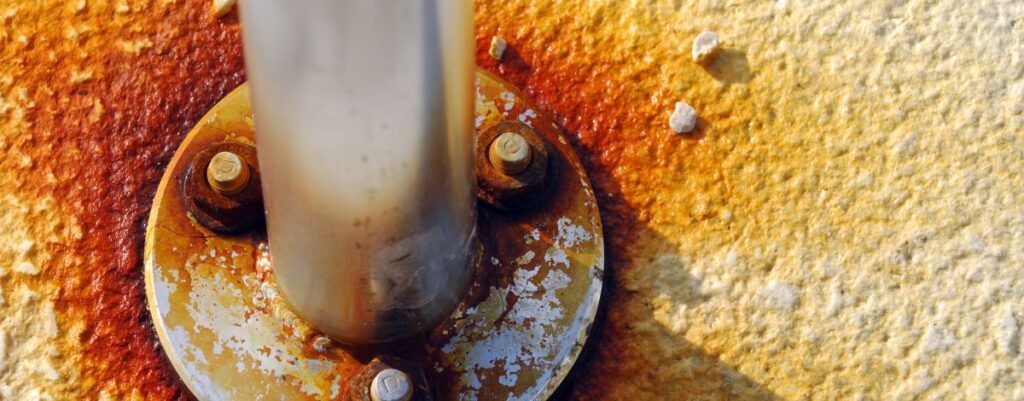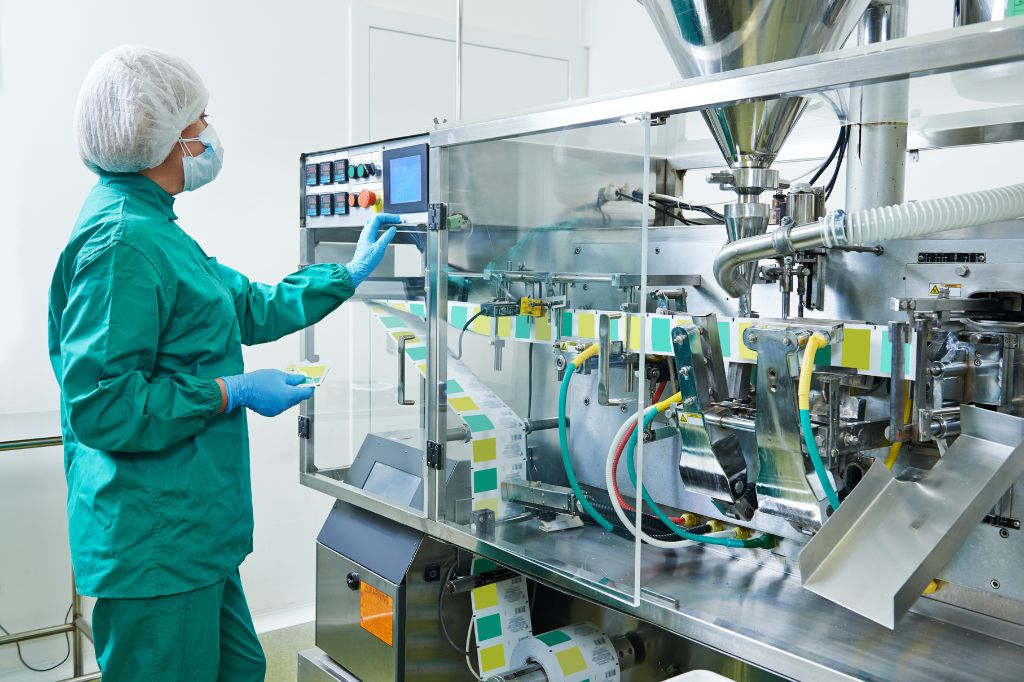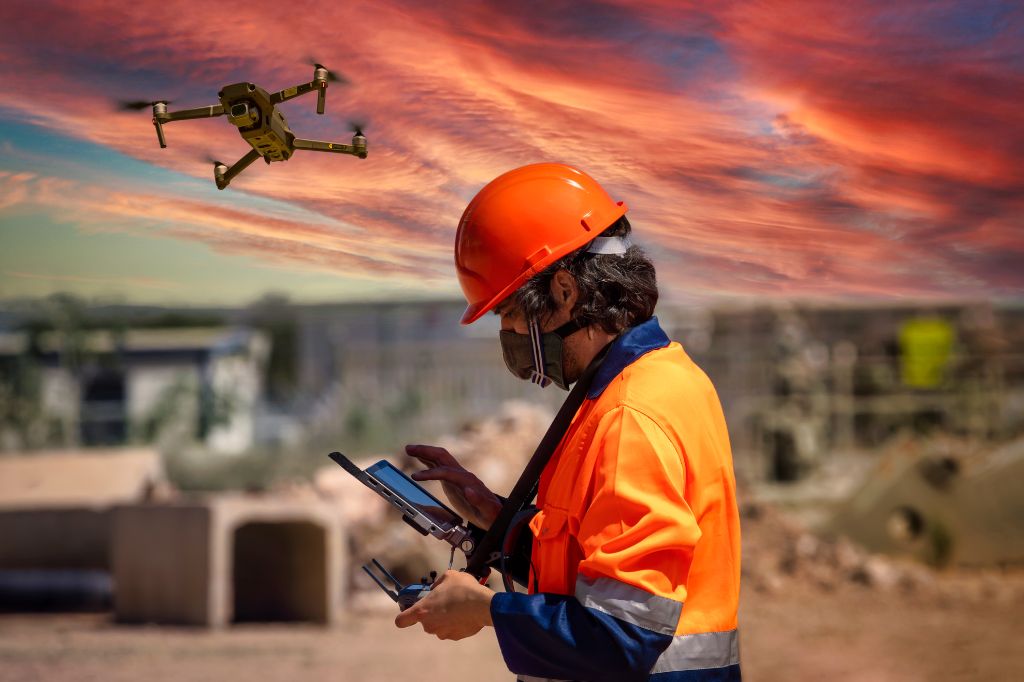
What corrosion is and how to avoid it?
Reading time: < 4 minutesCorrosion is a problem of alteration of materials that may cause damage to all types of metal structures and industrial machinery. Corrosion of metals should be avoided and it emergence should be specially controlled for two main reasons. The first one is that it may cause important problems, both mechanical and operational. And the second dilemma is that it might be a major problem of security, which alters the stability of metal structures
WHAT EXACTLY IS CORROSION?
Corrosion is the alteration of metals due to chemical or electrochemical reactions of the metal with certain substances which it comes into contact. It is a normal process since the substances that cause this corrosion usually are presented in the environment, in the air (oxygen and other gases), in liquids with which the structure or machinery is in contact (water or other substances), even with solid or semi-fluid substances. This reaction leads to the progressive deterioration of the metal, its disestablishment and loss of its properties.
All metals are susceptible to corrosion, although some of them are are much less reactive than others, the so-called noble metals such as gold, platinum, silver and palladium. Obviously, when we talk about structures and industrial machinery, these metals are not used due to the high costs. However alloys or treated metals are used to avoid corrosion. Iron has some very important characteristics for the formation of robust and resistant structures and highly suitable for welding. However it is a highly susceptible to corrosion metal. Therefore, in the manufacture of industrial and non-industrial machinery and structures, stainless steel (ferro-alloys of iron, carbon, chromium…) with greater resistance to corrosion is widely used. Within the generic name of stainless steel there is a great diversity of metals, depending on the percentages of chromium, carbon and other metals in these alloys (nickel, molybdenum, nitrogen, titanium, titanium or niobium). Thus we find martensitic, ferritic or austenitic stainless steels. Each type provides different features and uses, as well as different resistance to corrosion.
HOW CAN WE AVOID CORROSION?
Corrosion is a major problem that should be avoided in any metal structure. If we need to install some type of metal structure in our factory it is important that we take into account the following factors.
- We have to use high quality materials in the manufacture of metal structures.
- The knowledge of the environmental conditions in which it is going to work (humidity, temperature, etc.). Not all metals, and even not all stainless steels, are equally resistant to corrosion under all conditions
- The knowledge of the type of substances with which our structure could come into contact and the use of the most appropriate material. For example, it is not the same working in a warehouse in which a conveyor will be in contact with paper or cardboard, than in the agri-food, pharmaceutical or petrochemical industry in which the metal can come into contact with great variety of potentially corrosive substances (salinity, pH, acidity, chemical composition …)
- There are treatments to prevent corrosion in metals. By applying a coating the direct contact of potentially corrosive substances or fluids with the metal is avoided. Non-metallic coating treatments (paint, greasing, enameling, ceramics, etc.) can be given, as well as metal coatings with various chemical procedures or the use of alloys. Some treatments will be specific for certain industrial applications
- Keep metal, stainless steel structures and surfaces clean. If the treated metal or stainless steel is not clean, the passive surface layer (non-reactive and non-corroding) may be lost. If that layer is lost, the corrosion reaction and deterioration of the structure may appear.
- Check points where corrosion may appear and repair damage. Corrosion can start at some points for various reasons: accumulation of dirt or corrosive substances permanently; physical breakage of the coating, environmental conditions…. Once the corrosion has started, it can spread and end up severely altering the metal structure. For this reason, the correct maintenance and repair of the affected areas is essential.
When we talk about machinery and industrial structures, the materials with which they are manufactured must also comply with other specific requirements for each industrial or technological application (resistance, ductility, properties of welding and finishes, etc.). The knowledge of our product, working with the right materials and following rules for the conservation of structures are essential to avoid corrosion.



